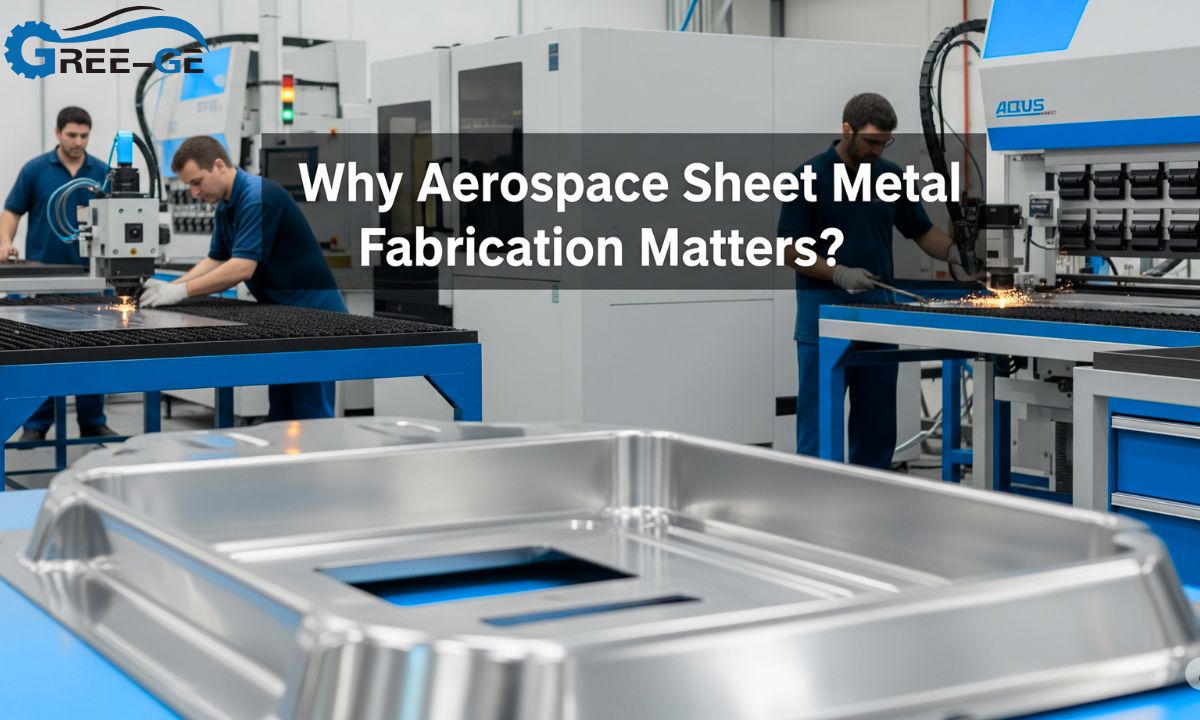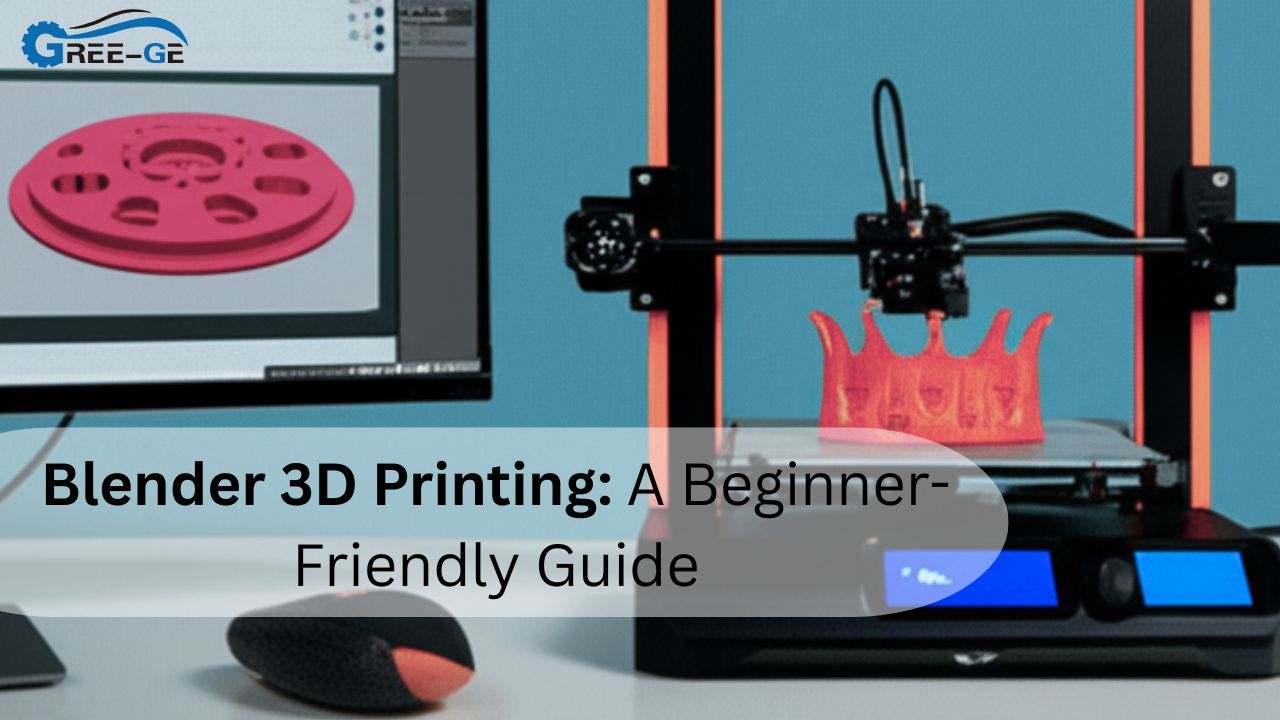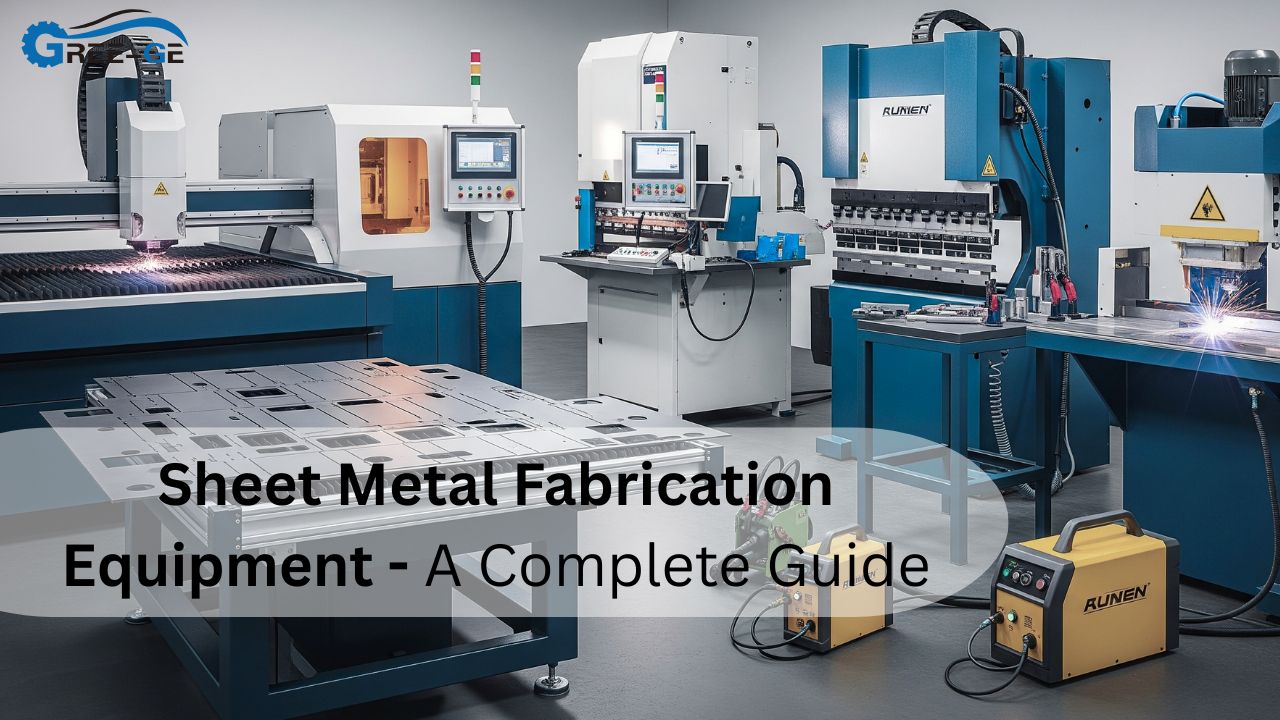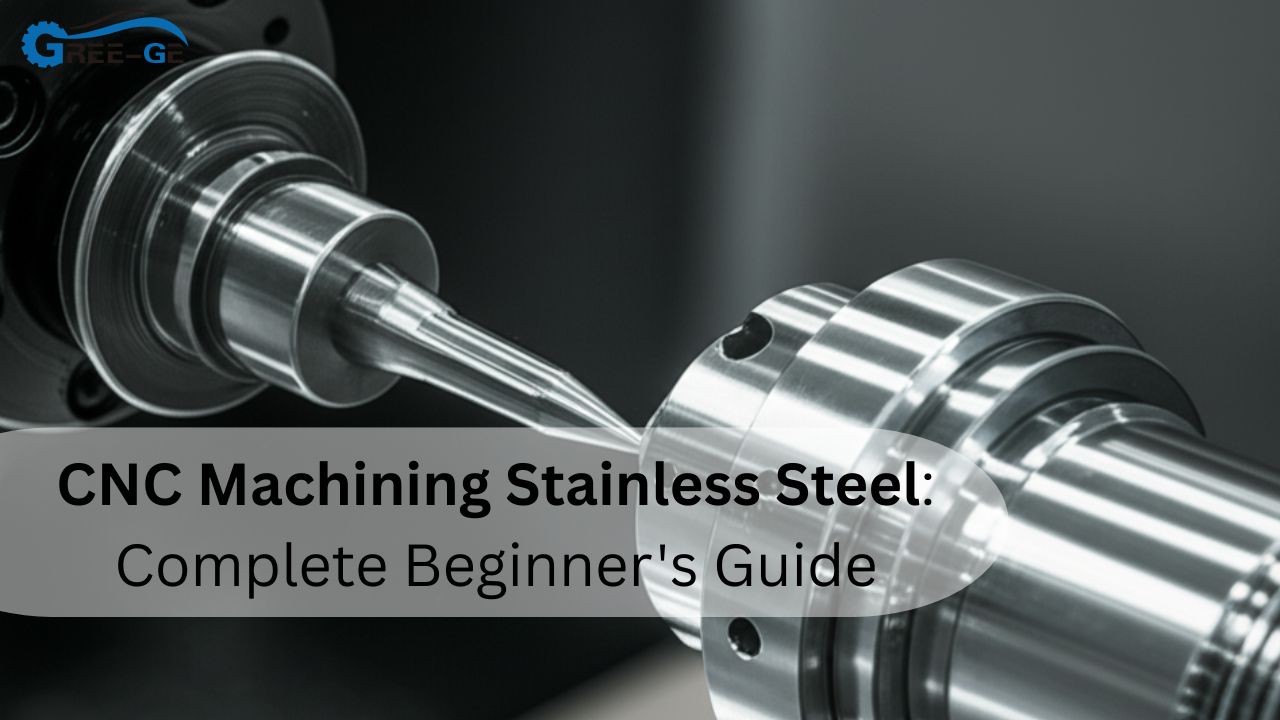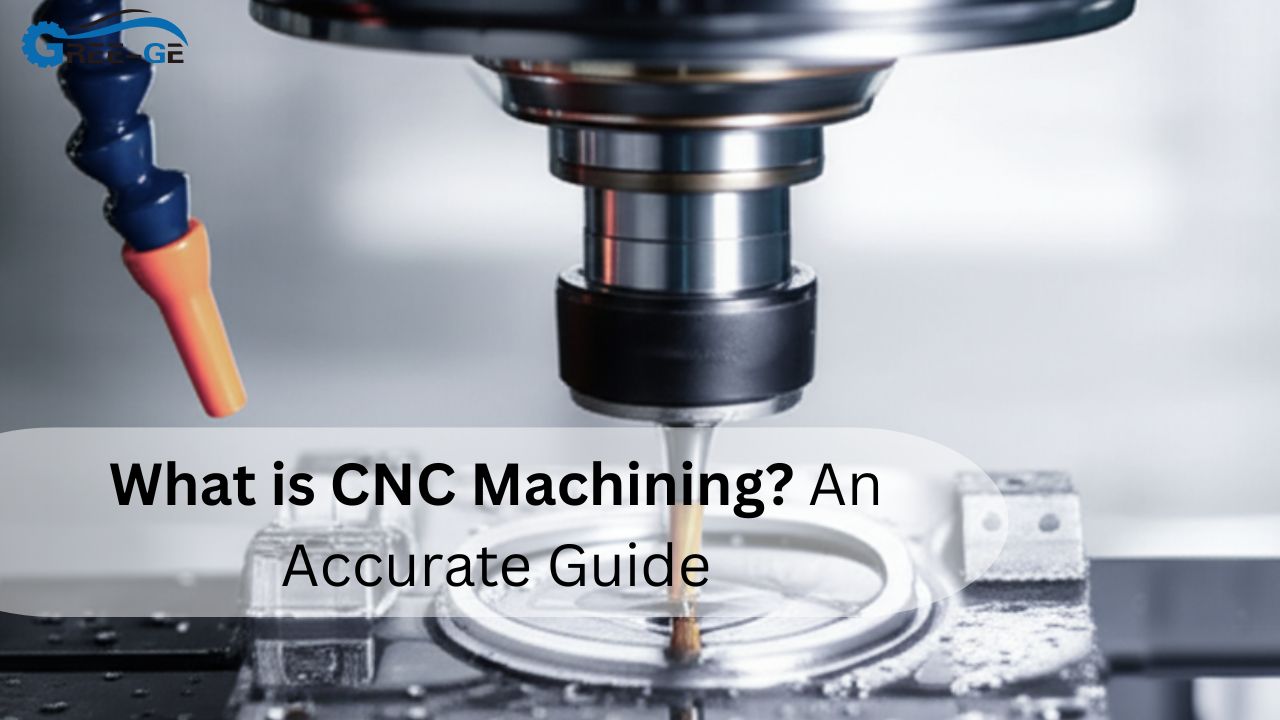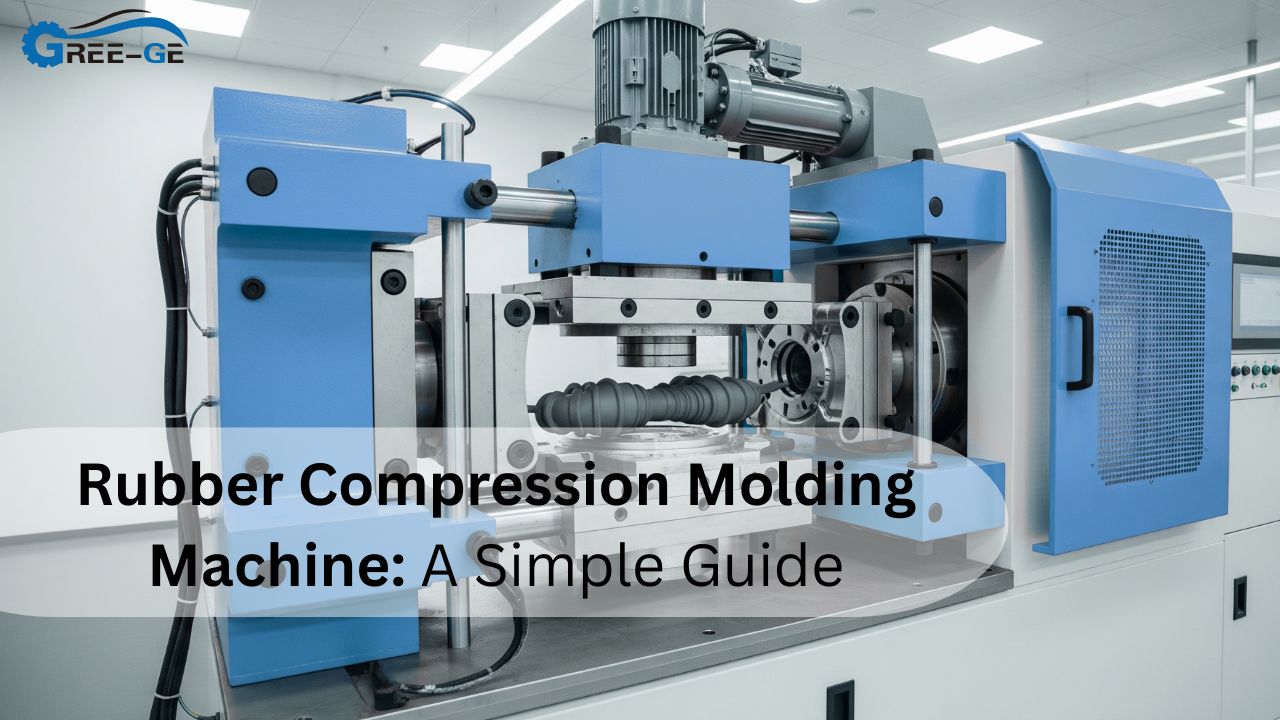The aerospace sheet metal fabrication is a very important section of the aviation industry as well as space industries. It includes forming and assembling metal sheets to form parts of aircraft and spacecraft. These parts must be correct, durable and lightweight. It is very important that precision should be highest as there is no compromise on safety of aerospace. The use of high technology of tools and techniques is involved. The metals components are mainly of aluminum and other high-strength elements. Fabricators adhere to close tolerance. Even the smallest errors lead to huge problems.
What Is Aerospace Sheet Metal Fabrication?
The process of cutting, shaping and assembling sheet metals of aircraft and spacecraft is referred to as Aerospace Sheet metal fabrication. This consists of wings, fuselages, brackets and so on. Fabricators use computer-aided designs to make exact parts. Each part must meet strict safety and performance standards. Sheet metal fabrication can be found in many industries, but the needs of an aerospace industry are more unique. It demands greater accuracy as well as control of quality. The parts must be strong yet lightweight to support flight.
Why It Matters
Aerospace parts must be reliable and safe. Every bolt, bracket, or panel is tested. If any part fails, it could lead to accidents. That’s why aerospace sheet metal fabrication involves multiple quality checks. Also, light materials help reduce fuel use. This makes flights cheaper and better for the environment. It’s a win-win for safety and efficiency.
Common Metals in Aerospace Sheet Metal Fabrication
| Material | Key Properties | Typical Use |
| Aluminum | Lightweight, corrosion-resistant | Fuselage, wing skins |
| Titanium | High strength, heat-resistant | Jet engines, landing gear |
| Stainless Steel | Durable, corrosion-resistant | Exhausts, brackets |
| Inconel | Superalloy, high temp resistance | Turbine blades, engine components |
| Magnesium Alloy | Very lightweight, moderate strength | Interior panels, gear housings |
Sheet Metal Fabrication Equipment Used
High-end tools are used to shape and cut metal parts. The popular machines include the CNC mills, press brakes, as well as laser cutters. The tools enable the production to be precise and fast. Rollers, stretchers and shrinkers are also forming tools used by fabricators. These assist in forming the metal in curved form or complex. Many factories also use robotic arms for welding and assembly.
Essential Sheet Metal Fabrication Equipment
| Equipment | Function | Benefit |
| CNC Machines | Computer-guided cutting and shaping | High precision |
| Press Brake | Bends sheet metal at exact angles | Custom angles and folds |
| Laser Cutter | Cuts through metal with fine detail | Clean and fast cuts |
| Welding Station | Joins parts together | Strong and seamless joints |
| Deburring Machine | Removes sharp edges after cutting | Safe and smooth finishes |
The Role of Aluminum Sheet Metal Fabrication
There is a large use of aluminum in aerospace manufacturing. It is light and therefore suitable in constructing airplanes. Aluminum is also simple to mold and this aids in making up of the complicated components. Fuselages, wing panels and interior frames are made of aluminum sheet metal fabrication. This makes it durable even under extreme conditions because it does not corrode easily. It is also affordable and this is what makes it one of the most preferred among aerospace companies.
Precision Sheet Metal Fabrication Is Critical
Precision is key in aerospace. A minor error in size can cause major safety issues. That’s why precision sheet metal fabrication is a must. Each step, from cutting to assembly, is done with extreme care. Computer-aided manufacturing helps here. It ensures that every part fits perfectly. This improves the performance and safety of aircraft. Aerospace companies often work with certified manufacturers to meet standards.
From Sheet Metal Prototype to Final Product
Before full production, a sheet metal prototype is created. This prototype helps test the design. It allows engineers to find flaws and make changes. Once approved, mass production begins. Prototyping saves time and money. It also reduces the risk of failure. Fabricators can also use it to check how parts fit together in the full assembly.
Safety and Compliance Standards
Aerospace sheet metal fabrication must meet international safety requirements. Companies like the FAA and EASA check parts before use. ISO and AS9100 certifications often apply. Companies keep detailed records of each part. These records help trace any issues that might arise later. It ensures full accountability and improves safety.
Challenges in Aerospace Fabrication
This industry has some unique challenges. First, there’s zero room for error. Every cut, bend, or weld must be perfect. Second, the materials used can be hard to shape or weld. Also, production costs are high. Machines and tools are expensive. They also need skilled workers to operate them. The training is continuous to meet the changes in technology.
Benefits of Aerospace Sheet Metal Fabrication
Despite the challenges, there are many benefits:
- Lightweight parts for better fuel efficiency
- Strong materials for better safety
- Precise parts that last longer
- Faster production with modern machines
- Cost savings over time
These benefits make the process essential in aviation, defense, and space exploration.
Future of Aerospace Fabrication
Technology is making this field even better. 3D printing is now used to make some metal parts. It helps reduce waste and save time. AI and robotics are also improving the accuracy of fabrication. As materials get better, aircraft will become lighter and faster. Green materials are also being tested. These help reduce the carbon footprint of flights.
Conclusion
Aerospace sheet metal fabrication plays a crucial role in present day-aviation. It is a combination of art, science and technology. Everything is precise including the tools that are used and the finished products. The field is expanding because of the emerging technologies. Fabricators are able to make parts that are strong and lightweight in order with the right sheet metal fabrication equipment. Aluminum sheet metal fabrication or precision sheet metal fabrication, every process contributes in creating safer and efficient aircraft. The success of the design is further guaranteed by the use of the sheet metal prototypes.
FAQs
What is aerospace sheet metal fabrication?
It is the process of cutting, shaping, and assembling sheet metal for aircraft and spacecraft.
Why is aluminum used in aerospace fabrication?
Aluminum is lightweight, strong, and corrosion-resistant. These properties make it ideal for aircraft structures.
What equipment is used in aerospace metal fabrication?
Tools like CNC machines, laser cutters, and press brakes are commonly used. They ensure accuracy and repeatability.
What is a sheet metal prototype?
It’s a sample part made before full production. It helps test design, fit, and function.
How does precision fabrication benefit aerospace?
It ensures parts meet exact measurements and safety standards. This improves performance and reduces failure risks.
